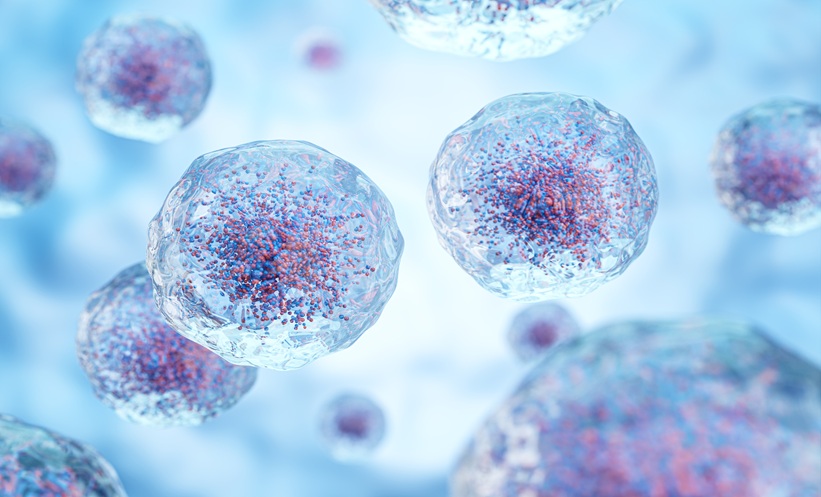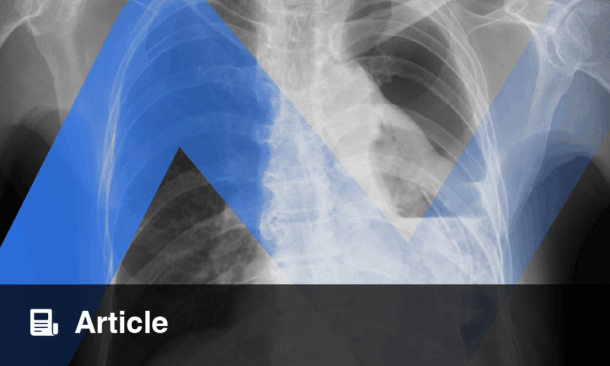A NOVEL artificial intelligence model has uncovered a complex map of cancer cell behavior, revealing that tumors exist not in simple categories, but along a dynamic continuum of cell states. This breakthrough could change how researchers study—and eventually treat—intratumoral heterogeneity in cancers such as breast cancer.
The tool, called AAnet (Archetypal Analysis network), is a neural network designed to decode the subtle variations within single-cell data. Unlike traditional clustering methods that divide tumors into static groups, AAnet detects archetypes—key functional states like proliferation, metabolism, hypoxia, and immune evasion—that exist on a spectrum across individual tumor cells.
Using both pre-clinical models and clinical breast cancer samples, researchers demonstrated that these archetypes were not only present in primary tumours but also mirrored across metastatic sites in the liver, lungs, and lymph nodes. Spatial transcriptomics further showed how cancer and nearby stromal cells share parallel cellular programs in defined regions of the tumour.
One key finding was the identification of GLUT3, a glucose transporter enriched within the hypoxic archetype, as a driver of tumour growth and spread—a discovery that could offer new therapeutic targets.
By visualising complex single-cell data in a simplex-shaped latent space, AAnet captures the rich diversity of cancer biology and offers a scalable platform for integrating multimodal datasets in oncology.
Reference
Venkat A et al. AAnet resolves a continuum of spatially-localized cell states to unveil intratumoral heterogeneity. Cancer Discov. 2025;DOI: 10.1158/2159-8290.CD-24-0684.








